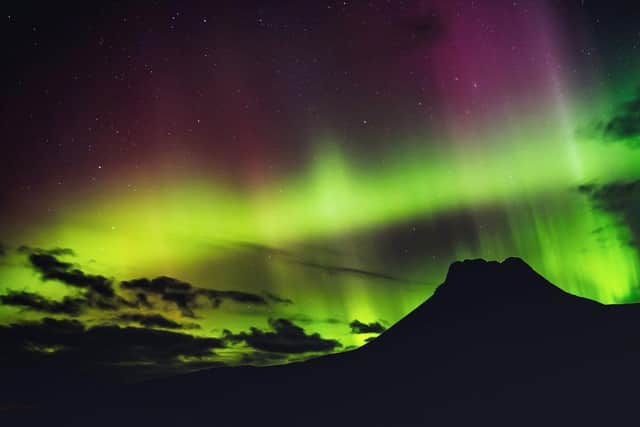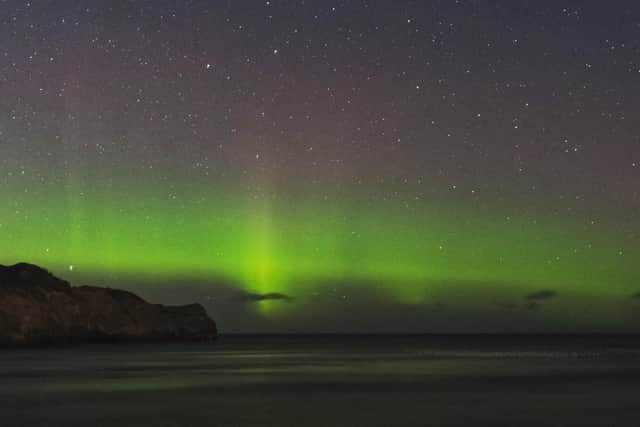Northern Lights: Will we be able to watch Aurora Borealis in Sheffield after solar storm forecast?
and live on Freeview channel 276
The Aurora Borealis should be able to be viewed in Scotland, parts of Northern England, parts of the Midlands and Northern Ireland on the nights of 31 March and 1 April.
Experts predict a solar storm following a solar flare and a 'mass ejection', which is likely to drive the spectacular lights southward towards the equator.
Advertisement
Hide AdAdvertisement
Hide AdAccording to the British Geological Survey, the best chance of seeing the phenomenon will be on Thursday and Friday, if the skies are clear enough.


Sounds promising. The Sheffield forecast could have other ideas though, as partly cloudy skies are predicted around 10pm tonight, Thursday, March 31. The hope is that a moderate breeze may aid stargazers. Partly cloudy skies are also forecast for Friday, April 1.
What are the Northern Lights?
An Aurora Borealis effect occurs when energised particles from the sun slam into Earth's upper atmosphere at speeds of up to 45 million mph but our planet's magnetic field protects us from the onslaught.
As the Earth's magnetic field redirects the particles toward the poles, they combine with the upper atmosphere and produce dazzling colours.


Where and when can I see the Northern lights in the UK?
Advertisement
Hide AdAdvertisement
Hide AdThe British Geological Survey has issued a Geomagnetic Disturbance Alert so it could be a chance to glimpse the Northern Lights. It comes after a minor solar flare caused a coronal mass ejection on March 28, in which plasma from the sun is ejected into space.
When this happens, significant disturbances to the geomagnetic field are likely to occur and this often leads to a solar storm. Solar storms transmit magnetic charges and electrical fields towards the Earth.
Best conditions
The best conditions to view the lights are when the sky is dark and clear of any clouds. Cloud cover ultimately blocks the view of the light. Ideally, the lights will be best viewed away from any light pollution, in remote areas, facing the northern horizon - north facing coasts produce some of the best viewing locations.
